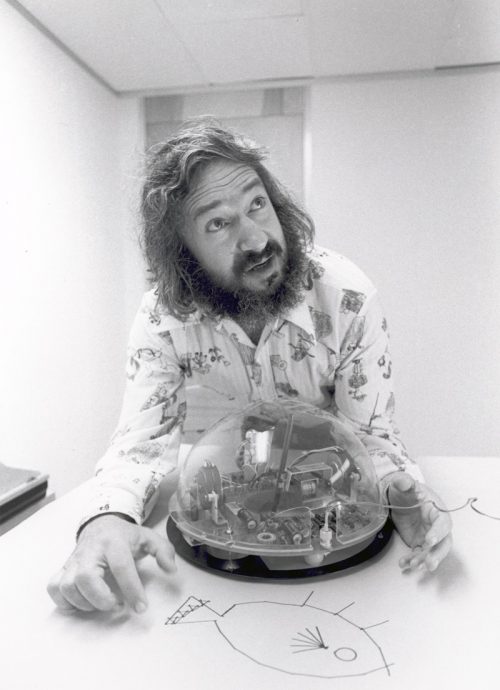Interaction Design & Children (IDC 2017) invites researchers and practitioners to share their work on how technology can be designed to improve children’s well being and prospects and seeks to discover how children, their parents, teachers and peers can contribute to the design of new technology. We invite researchers and participants to share thoughts on emerging technologies for children, experiences and insights into designing and evaluating interactive technologies with children, investigations on methods and approaches to designing such technologies, and new theoretical perspectives, all questioning how we can build tomorrow’s technology – together. Any submission related to the IDC interests will be considered toward inclusion in the conference activities and proceedings. We now present the IDC 2017 theme.
Logo: The Next 50 Years
2017 marks the 50th anniversary of Logo, an innovative programming language that materialized a pedagogical vision of empowering children. Sadly, 2017 is also the first Logo year without Seymour Papert, the lead creator of Logo, who passed away on July 31, 2016. And so it now is up to all of us to carry forth Seymour’s legacy — indeed an honorable calling for the IDC community. This legacy is greater than turtles, recursion, and coding. It is the legacy of envisioning new resources and bold pedagogies that invite children into previously inaccessible content. More broadly, it is the legacy of creating for children environments where each will find the gears of their childhood, early experiences and engaging practices that are formative of lifelong academic passions, as Seymour wrote back in 1980 in his groundbreaking book, Mindstorms.
The IDC 2017 theme, Logo: The Next 50 Years, thus pays homage to Papert’s powerful educational ideas in celebration of his achievement — lifelong and beyond. And so, as we now begin the next 50 years of the Logo legacy, how should we proceed? What new opportunities do we foresee ahead, what new challenges? How do Papert’s theoretical assertions, design frameworks, and educational vision speak to current turns in the research that inform our collective and varied IDC efforts? What technological innovations better enable us to realize his principles in the form of construction and instruction materials? What is becoming of Papert’s quest for epistemological pluralism, global equity, the right for a second chance, gender equality, access, intellectual ownership, and emancipation?
Let us revisit the constructionist vision to reimagine education in the 21st century, where all children engage, own, and enact powerful ideas through a range of expressive media. Many of Papert’s futuristic ideas from Mindstorms are now taken for granted, such as the importance of fostering students’ computational reasoning, the inherent roles of the body, society, and culture in creative problem solving, and making space for diverse cognitive predilections. Ironically, a mark of Papert’s lasting influence is that his “psychedelic” ideas from the 70’s have been assimilated so well into mainstream educational discourse and practice that we just assume those ideas were always here… It has been an epic voyage, and it is far from over. We are not there yet.
IDC 2017 therefore invites scholars, designers, and practitioners to celebrate Logo by sharing their work on technologies that improve all children’s opportunities to interact with expressive media, engage in new literacies, and develop powerful ideas. That said, your submission will not be judged by its adherences to the conference theme directly. We are seeking any contribution on emerging technologies for children, design and evaluation of interactive experiences, and new methods, approaches, and theoretical perspectives.
The conference theme will be instantiated in the form of a special panel chaired by Profs. Jeanne Bamberger, Richard Noss, and Mike Eisenberg. We welcome submissions that respond to the theme in many and original ways.

